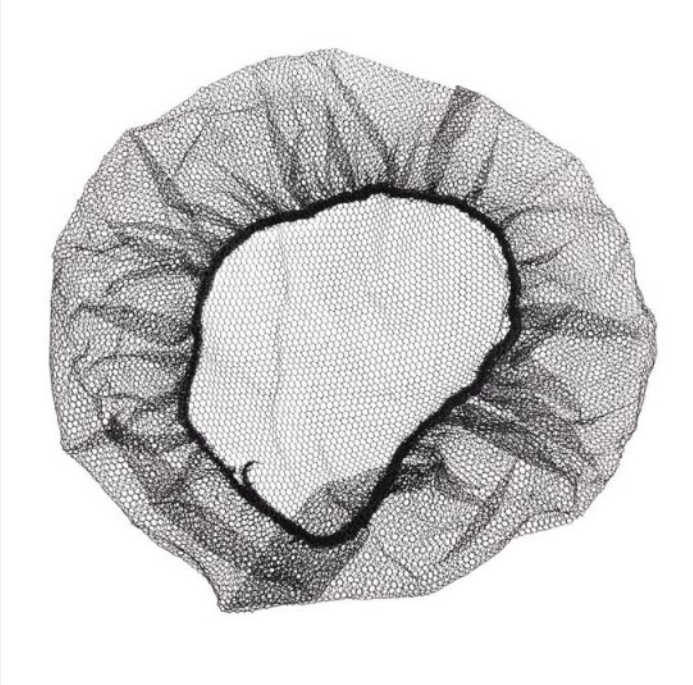In factories and manufacturing places, cleanliness and safety are very important. One easy way to make sure workers and products stay clean is by using industrial hair nets. There are many good reasons why factories choose to use these hair nets.
What Are Industrial Hair Nets?
Industrial hair nets are simple covers worn on the head. They are very thin, usually made from thin, soft fabric or plastic. These nets safely cover workers’ hair while they do their jobs. The nets stop loose hair from falling out where it should not go.
People in factories must be careful their hair does not touch the products they make. Even little hairs can cause big trouble. Industrial hair nets stop this from happening and help keep workspaces clean.
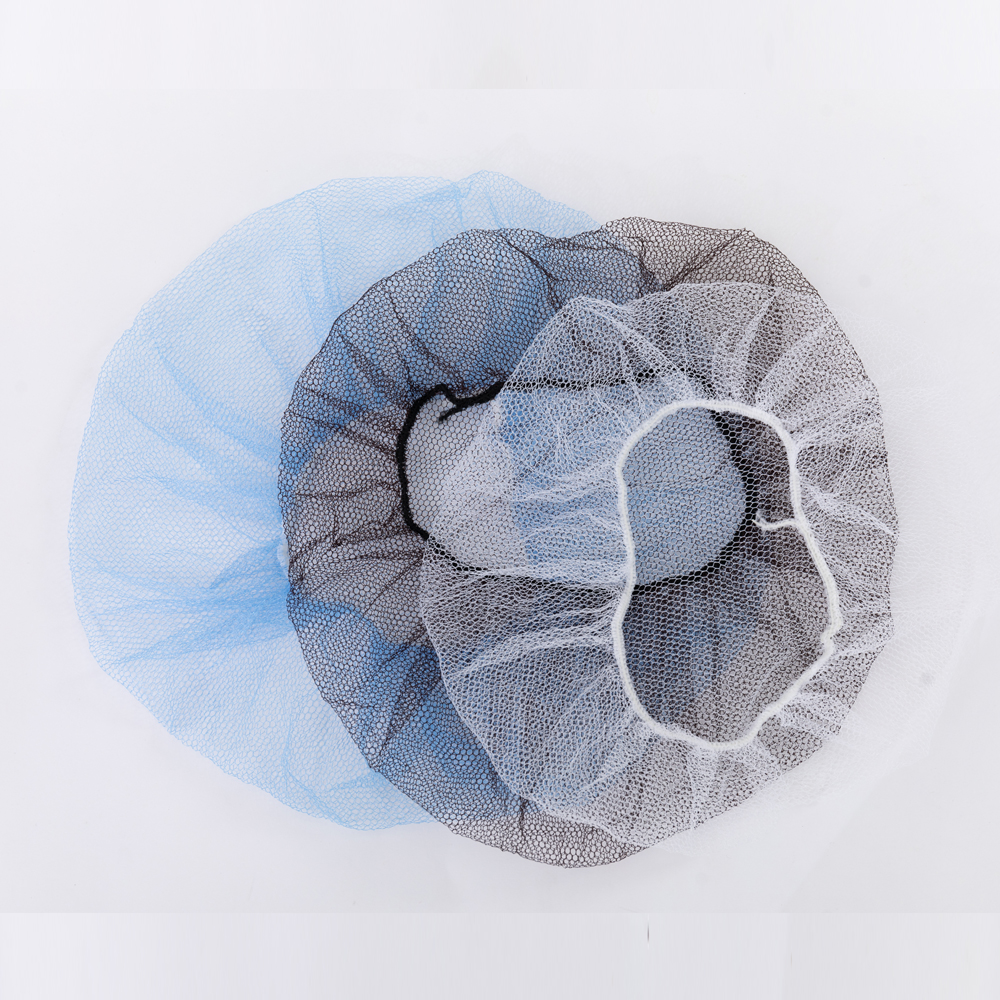
Why Are Hair Nets Important for Safety?
Factories make many different things like food, medicine, clothes, or parts for machines. All these things must be perfectly clean and free from dirt or germs. Even a tiny hair can cause problems like:
- Germs spreading
- Dangerous mistakes
- Poor product quality
- Products becoming unsafe to use or eat
If hair gets into things people will use, it can make the products unsafe. Wearing hair nets stops this from happening and helps keep everyone safe.
How Hair Nets Keep Things Clean
When factory workers wear hair nets, loose hair stays hidden safely inside. Workers shake, move, and work all day, but hair stays under control. Hair nets help how?
- They cover all hair well.
- They do not let loose hair escape.
- They stay in place even if the worker moves a lot.
- They keep hair away from products.
Workers often also wear other disposable things like disposable non woven aprons. Wearing aprons and hair nets gives even more cleanliness when workers do their jobs.
Types of Hair Nets Used in Manufacturing
There are different kinds of industrial hair nets factories use each day. They include:
- Disposable hair nets – worn one time only, then thrown away
- Nylon hair nets – soft, stretchy, easily covers all hair
- Bouffant hair nets – with strong elastic; covers large amounts of hair well
- Beard nets – keeps facial hair cleanly covered, too
- Hair nets with clips – extra secure, stays in place the whole day
All these kinds of hair nets help keep specific factory jobs clean and harm-free.
Factories may also use disposable beard nets to make sure facial hair stays properly covered. Using both beard nets and hair nets protects even more in factories.
Easy and Comfortable to Wear
Workers like hair nets because they are easy and comfortable to use. Factory workers often wear these nets for many hours. Hair nets remain comfortable all day because:
- They are thin and soft.
- Hair nets stretch easily to fit all hair styles.
- Workers do not feel hair nets heavy or tight.
- Workers can easily talk and move without worrying about nets falling off.
Comfort helps workers use these nets all day happily.
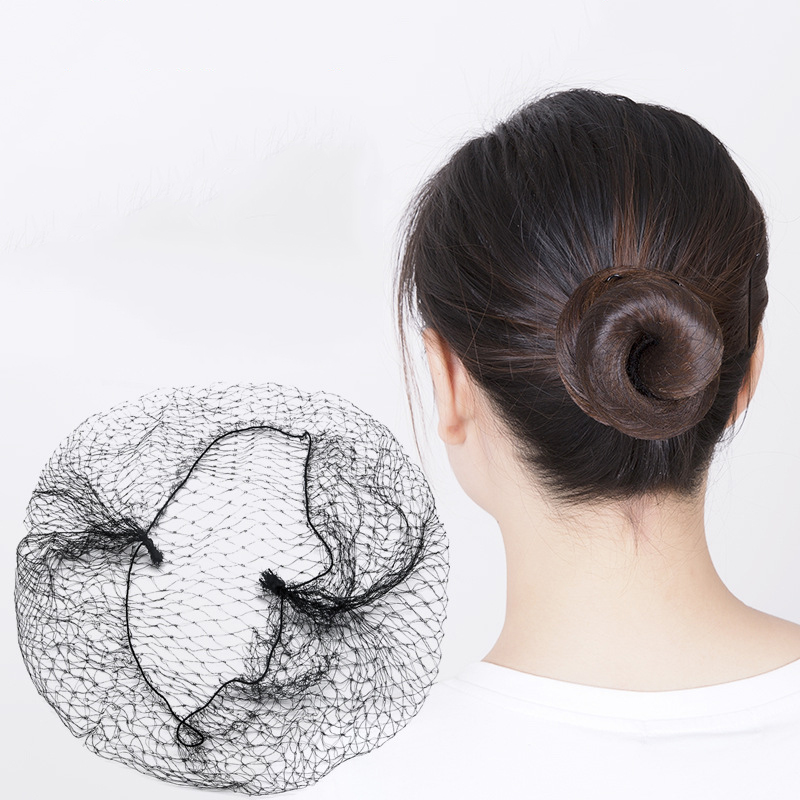
Quick and Easy to Put On and Remove
Industrial hair nets are very easy and quick to put on or take off. Workers can manage them without help. Putting them on and taking them off quickly helps workers save important working time.
This quick action lets workers:
- Get ready faster, to start their daily tasks more quickly.
- Easily remove used hair nets at breaks or the end of shifts.
- Easily get fresh hair nets when ready to start again.
Quick use of hair nets helps work go faster.
Hair Nets Keep Workers Safe Too
Hair nets keep workers safe in many ways. Workers’ hair can cause danger to workers themselves. Long or loose hair poses risks near moving machines or hot tools.
Safe reasons to use hair nets at work:
- Stops hair from getting pulled in machines.
- Keeps hair safe from hot areas or liquids.
- Workers clearly see their work without hair blocking.
- Protects workers’ skin by keeping hair out of their face.
Workers feel more secure and safe wearing hair nets.
Hair Nets Help in Food Factories
In factories where people make and pack food, keeping things perfectly clean is very important. Even small hairs can spoil food or make people who eat the food sick.
Therefore, many food factories require workers to wear hair nets every day. When workers wear hair nets together with items like disposable plastic aprons, food stays more protected. People see workers in hair nets and aprons and know their food is safe and clean.
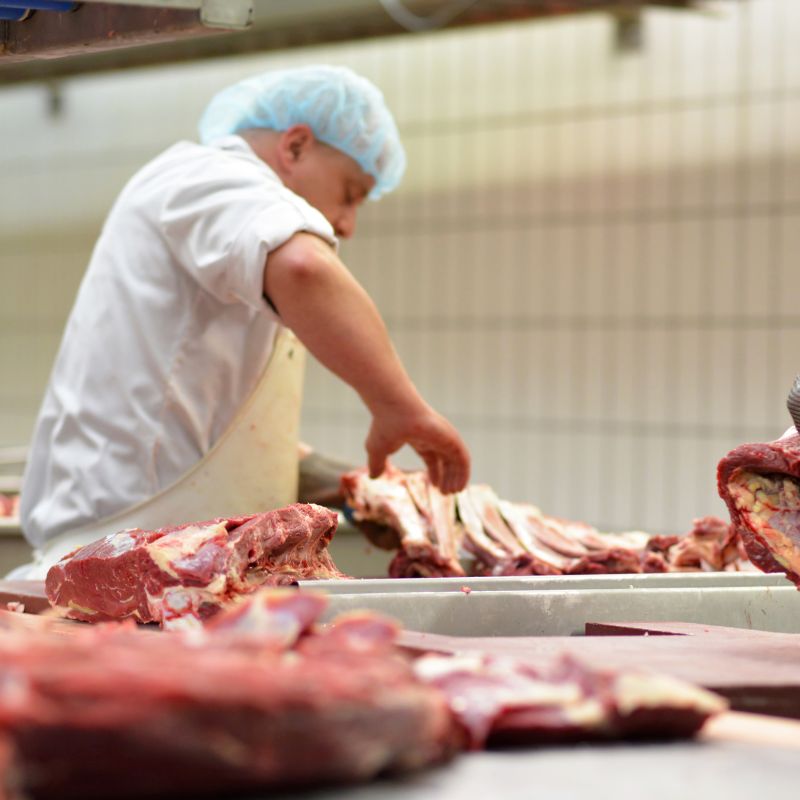
Hair Nets and Product Quality
Factories want their products to always be the best. Hair nets help by making sure no hairs or dirt get into products. This way, every product a worker makes stays perfectly clean.
Better product quality means:
- Customers trust products more.
- Products last longer for people who buy them.
- Less problems or returns to factories from unhappy customers.
Good product quality makes everyone happy.
Hair Nets Help Save Money
Hair nets save factories money too. With fewer dirty products or mistakes due to hair, factories have fewer problems. Less wasted products means less money lost.
How hair nets save money:
- Fewer products are thrown away.
- Less need for replacing products or refunding customers.
- Saves money each time good products reach customers.
When factories save money, they can grow better and make even more safe products.
Hair Nets Keep Factories Looking Professional
Workers wearing matching hair nets look neat and professional. Visitors or customers who enter factories like seeing workers wear clean and neat-looking hair nets. It shows the factory cares about cleanliness and safety.
Professional workplaces mean:
- Visitors trust the factory more.
- Customers or other companies feel better about doing business together.
- Workers feel better about a neat and tidy workplace.
When workers feel happy and safe, work happens better.
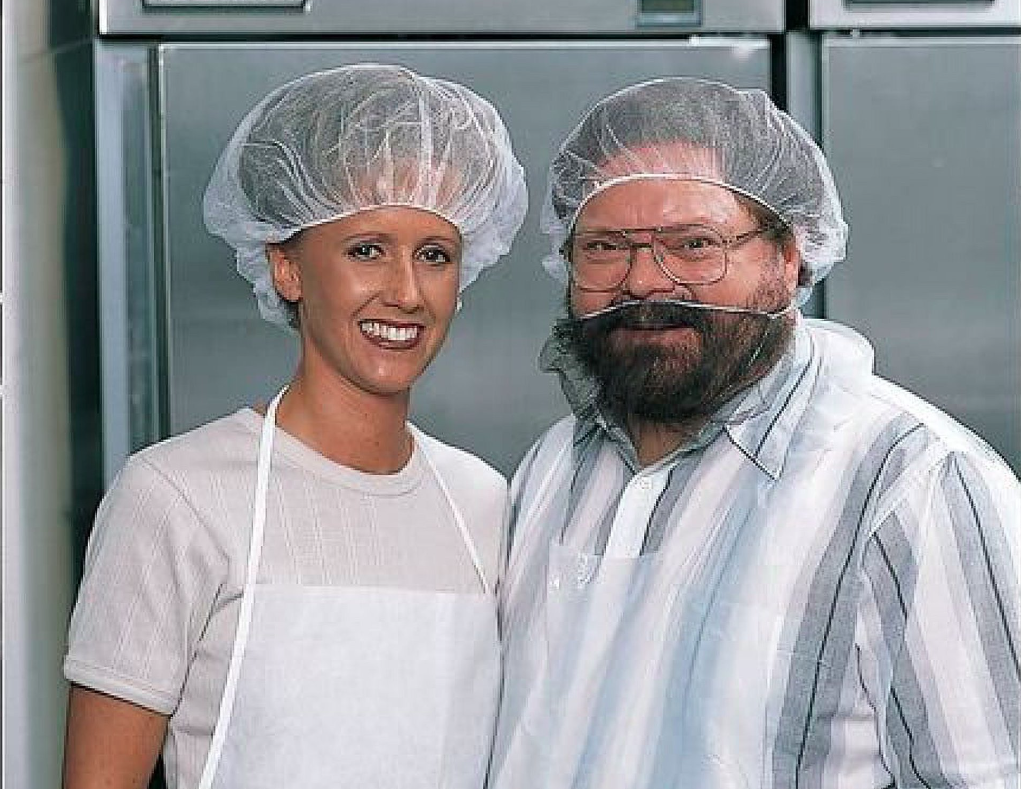
No Need to Wash Hair Nets Saves Work
Disposable hair nets also save a lot of time and work. Factories simply throw disposable hair nets away at day’s end. No need to wash or hang to dry hair nets saves work time.
This easy system helps factories:
- Save washing soap, water, energy, and time.
- Not worry if hair nets are truly clean, since nets are always fresh and new.
- Easily give new hair nets quickly to workers every day.
Factories love the ease disposable hair nets create each day.
Hair Nets Keep Germs Away
Factories want fewer germs. Workers’ hair can carry germs without workers seeing them. Hair nets cover hair safely away from products, keeping small germs from spreading.
With fewer germs spreading, factories have:
- Healthier workers.
- Cleaner products for customers.
- Less worries about cleanliness.
Stopping germs before they spread helps factories stay safe.
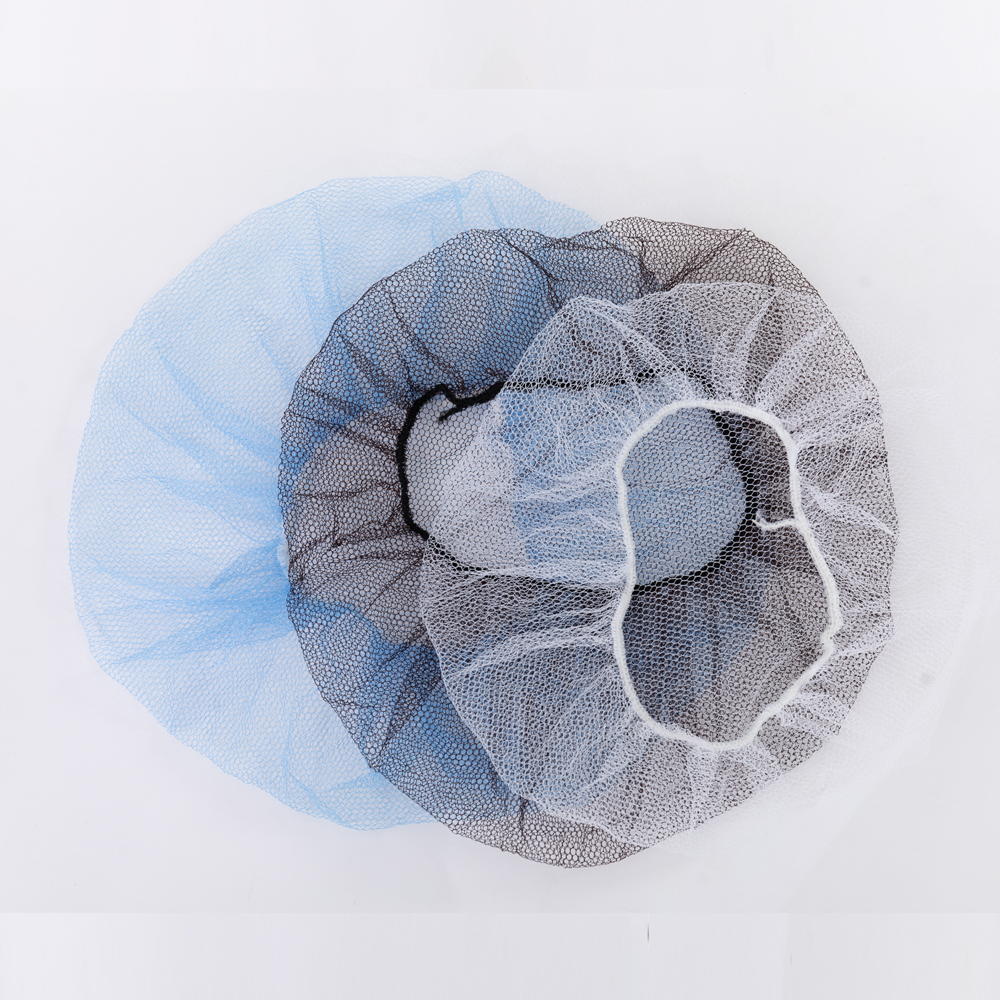
Easy Storage for Hair Nets
Factories find hair nets easy to store. Hair net boxes stack small and neatly in clean factory spaces. Workers easily find them daily.
Small storage size means:
- Hair nets stay safe from dirt or damage.
- Easy to keep lots of them ready at low cost.
- No special equipment needed to store hair nets.
Easy storage makes factories clean and ready for each working day.
Teaching Workers How to Correctly Use Hair Nets
Workers must use hair nets the right way. Here are simple steps for workers:
- Wash hands before touching the net.
- Simply stretch hair net onto head, covering all hair.
- Tuck in all hair carefully.
- Use hair net one time, then throw away.
- Always wear a fresh net when starting new tasks.
Correct use of hair nets helps keep everything clean.

A Quick Summary of Hair Nets’ Importance in Manufacturing:
Here is why hair nets are so important clearly shown again:
- Keeps factories safe and clean.
- Stops hair falling into food or products.
- Easy, quick, and very comfortable.
- Improves quality of every product.
- Saves factories real money every day.
- Makes workplaces professional looking.
- Helps keep germs from factory products.
- Easy storage and easy use for workers.
Other Disposable Products Used with Hair Nets
Factories often use other disposable items to help protect workers and keep things clean, such as:
- Disposable shoe covers
- Disposable gloves
- Disposable face masks
Together these items make workplaces even safer, cleaner, and germ-free.
Conclusion: Keep Safe, Keep Clean, Choose Hair Nets
Factories that choose to use industrial hair nets greatly improve their safety and hygiene. Workers feel safe. Products stay clean. Work is done quickly and neatly each day.
Use industrial hair nets to clearly show customers your factory cares strongly about cleanliness. Protect your workers and products each day by using these important, easy products in every manufacturing setting.

